Recirculating Aquaculture System Design Pdf
Recirculating aquaculture system design pdf. And finally dissolved gases oxygen and carbon dioxide must be brought back into balance. Aquaponic systems are recirculating aquaculture sys-tems that incorporate the production of plants without soil. Recirculating Aquaculture Tank Production Systems A Review of Current Design Practice Ronald Malone1 VI PR Southern regional aquaculture center components.
Design Basics and Economic Realities By. Aquaculture systems are classified accor ding to the following criteria. FRESH-CULTURE SYSTEMS INC PROVIDING RECIRCULATING AQUACULTURE SYSTEMS AND TECHNOLOGIES SINCE 1984 Optimizing Design Criteria for COMMERCIAL Recirculating Aquaculture Systems By Steven Van Gorder FRESH-CULTURE SYSTEMS Inc.
Billund Aquaculture offers more than 25 years experience in design and operation of intensive fish farms. The design of a culture tank in an automated recirculating aquaculture system. Recirculating systems are designed to raise large quantities of fish in relatively small volumes of water by treating the water to remove toxic waste products and then reusing it.
1984 -2014 FCS the design construction and sale of RAS systems for 30 years. Recirculating aquaculture systems are used in home aquaria and for fish production where water exchange is limited and the use of biofiltration is required to reduce ammonia toxicity. January 2013 International Journal of Advances in Engineering Sciences and Applied Mathematics 2267-77.
The recirculating system consists of interact- ing unit processes that form a complex whole. 2 Recirculating Aquaculture Systems Short Course Stocking Density Cdensity 15 for L in inches 024 for L in cm for tilapia 20 032 for trout 25 040 for perch density density C L D density density C L D One of the first questions that must be answered in designing a RAS is the number of fish that can be carried in the tank. Design ObjectivesThe intended design of RBC is to serve a commercial recirculating aquaculture system which was described by Ali et al 2006 Figure 1.
RAS is typically an indoor system that allows farmers to control environmental ing a RAS is typically higher than that of either pond or cage culture however when the system is managed properly fish is produced. Commercial Recirculating Aquaculture Systems. A Types of rear ing facilities ponds cages raceways pens enclos ure tank b Water exchange open or closed.
Land-Based Systems Recirculating Aquaculture Systems RAS Represents a small but rapidly growing segment Scale of land-based projects is increasing 1000 to 6000 tonyr under one roof smoltpost-smolt salmon and food-size fish. The main benefit of RAS is the ability to reduce the need for fresh clean water.
The recirculating system consists of interact- ing unit processes that form a complex whole.
January 2013 International Journal of Advances in Engineering Sciences and Applied Mathematics 2267-77. Billund Aquaculture offers more than 25 years experience in design and operation of intensive fish farms. Benefits of RAS Increased control of system Minimal water use Higher density Increased biosecurity Year-Round Growing Season Locate anywhere No limit on species selections. A Types of rear ing facilities ponds cages raceways pens enclos ure tank b Water exchange open or closed. Instead of the traditional method of growing fish outdoors in open ponds and raceways this system rears fish at high densities in indoor tanks with a controlled environment. Recirculating systems are designed to raise large quantities of fish in relatively small volumes of water by treating the water to remove toxic waste products and then reusing it. RAS is typically an indoor system that allows farmers to control environmental ing a RAS is typically higher than that of either pond or cage culture however when the system is managed properly fish is produced. Optimization Controlgrowth species adaptable predictable harvests survival biosecurity Conservation-Heat water land use Economies of Scale-Highest production per unit area and per unit worker of any other system. January 2013 International Journal of Advances in Engineering Sciences and Applied Mathematics 2267-77.
Such a system implies an organized set of complementary parts. Greg Trusso Global Aquaculture Supply. Optimization Controlgrowth species adaptable predictable harvests survival biosecurity Conservation-Heat water land use Economies of Scale-Highest production per unit area and per unit worker of any other system. Environmental Engineer Aquaculture Systems Technologies LLC New Orleans LA Nitrogen is an essential nutrient for all living organisms and is found in proteins nucleic acids adenosine phosphates pyridine nucleotides and. Recirculating aquaculture systems are used in home aquaria and for fish production where water exchange is limited and the use of biofiltration is required to reduce ammonia toxicity. Recirculating aquaculture systems are a type of flowing water intensive fish culture technology in which a high percentage of the water is reused after treatment. Design ObjectivesThe intended design of RBC is to serve a commercial recirculating aquaculture system which was described by Ali et al 2006 Figure 1.


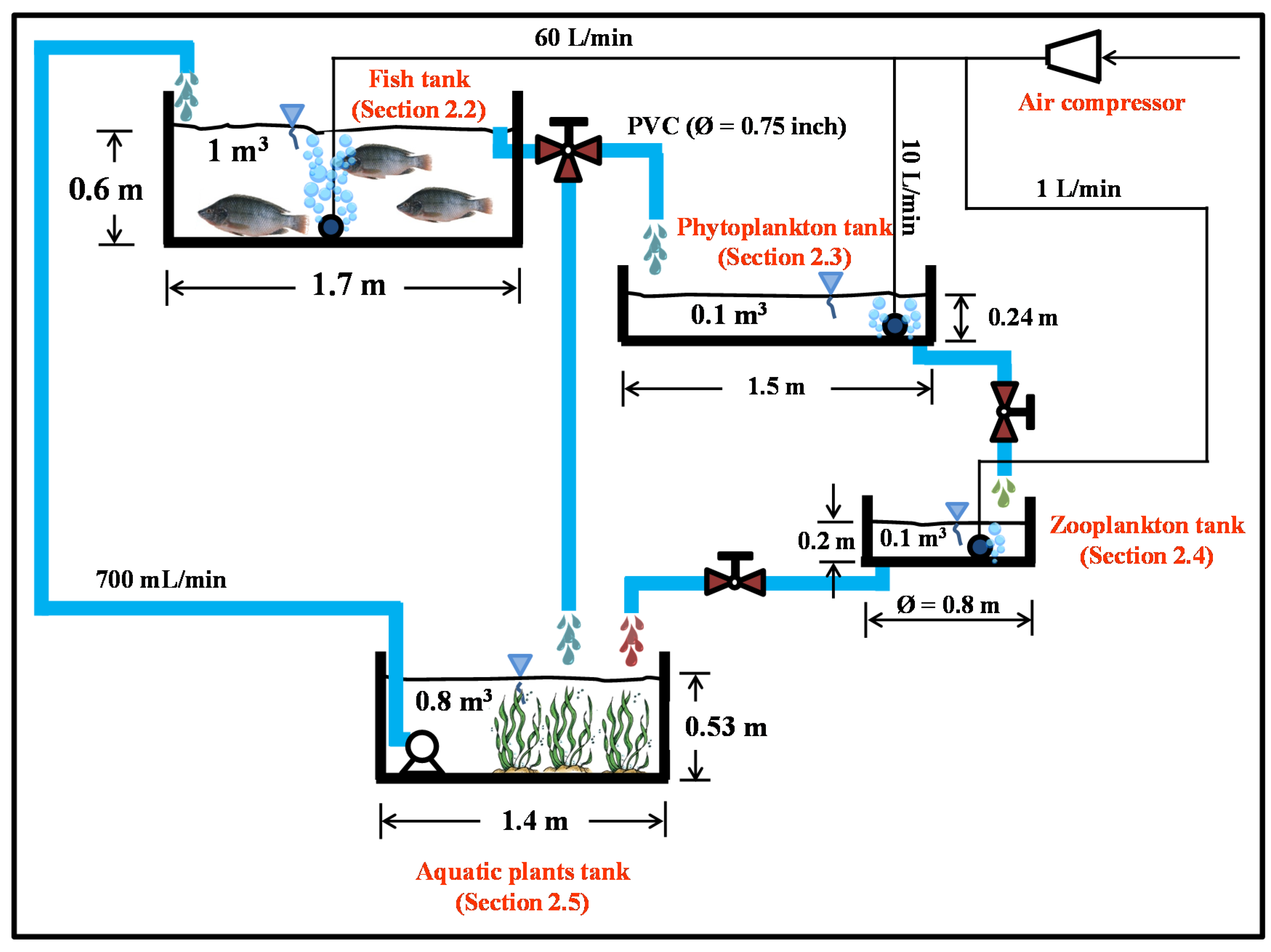





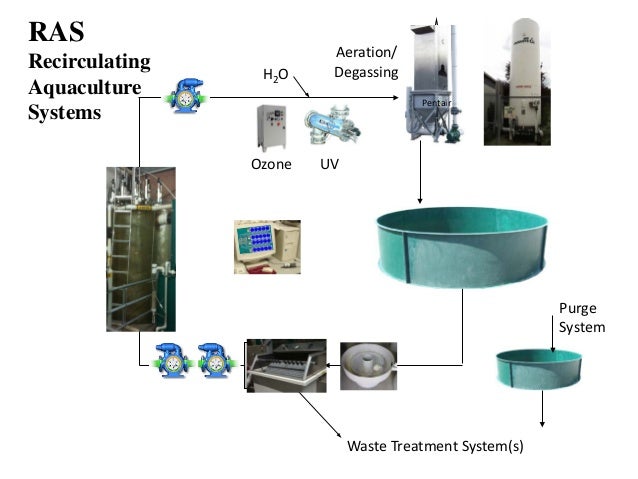
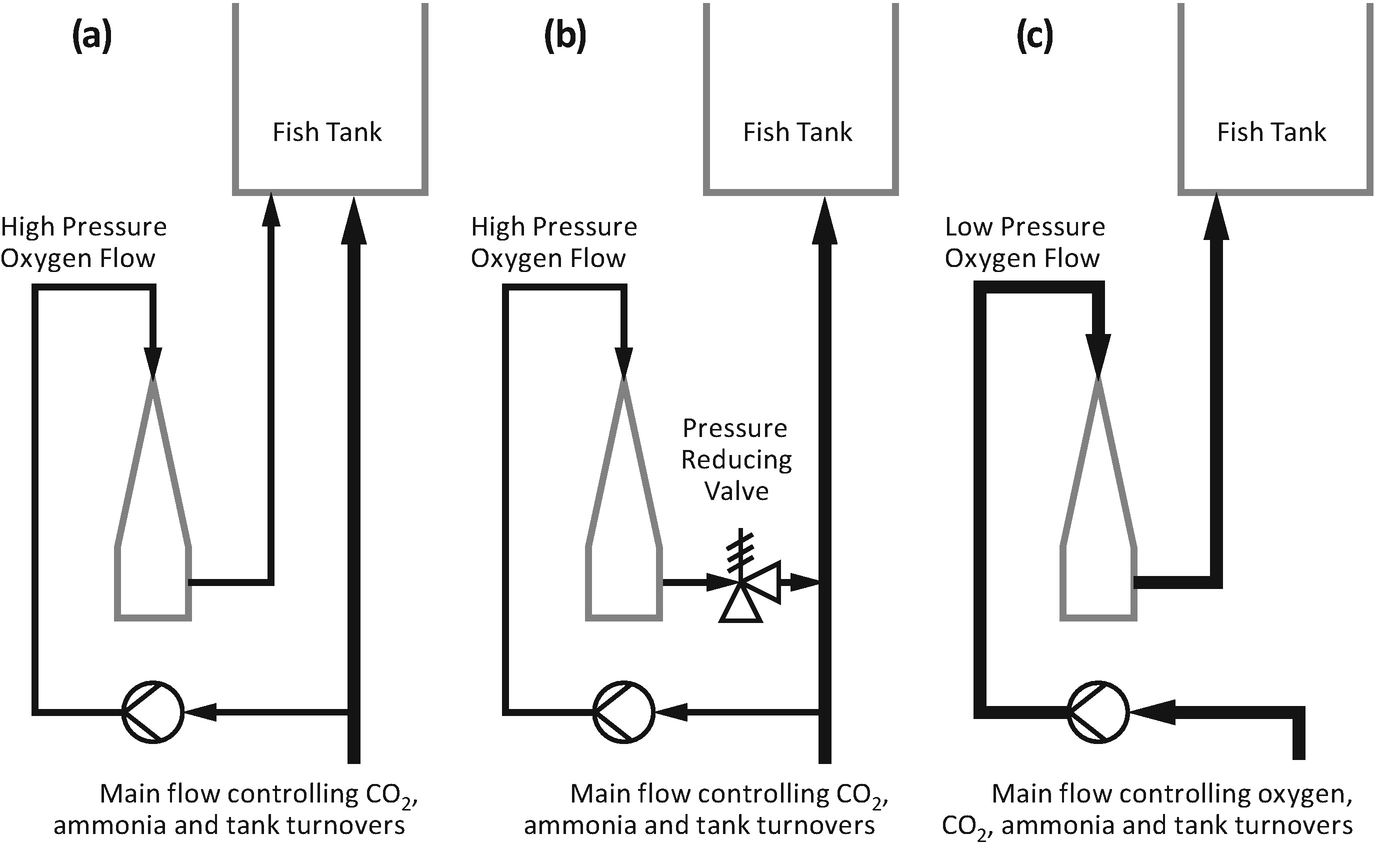



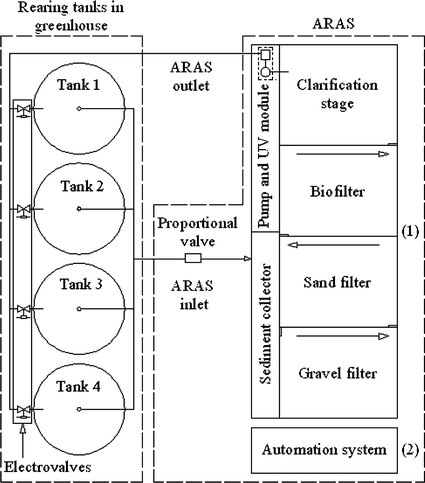

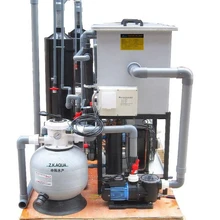









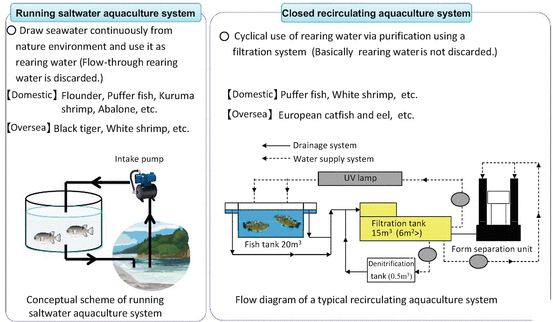







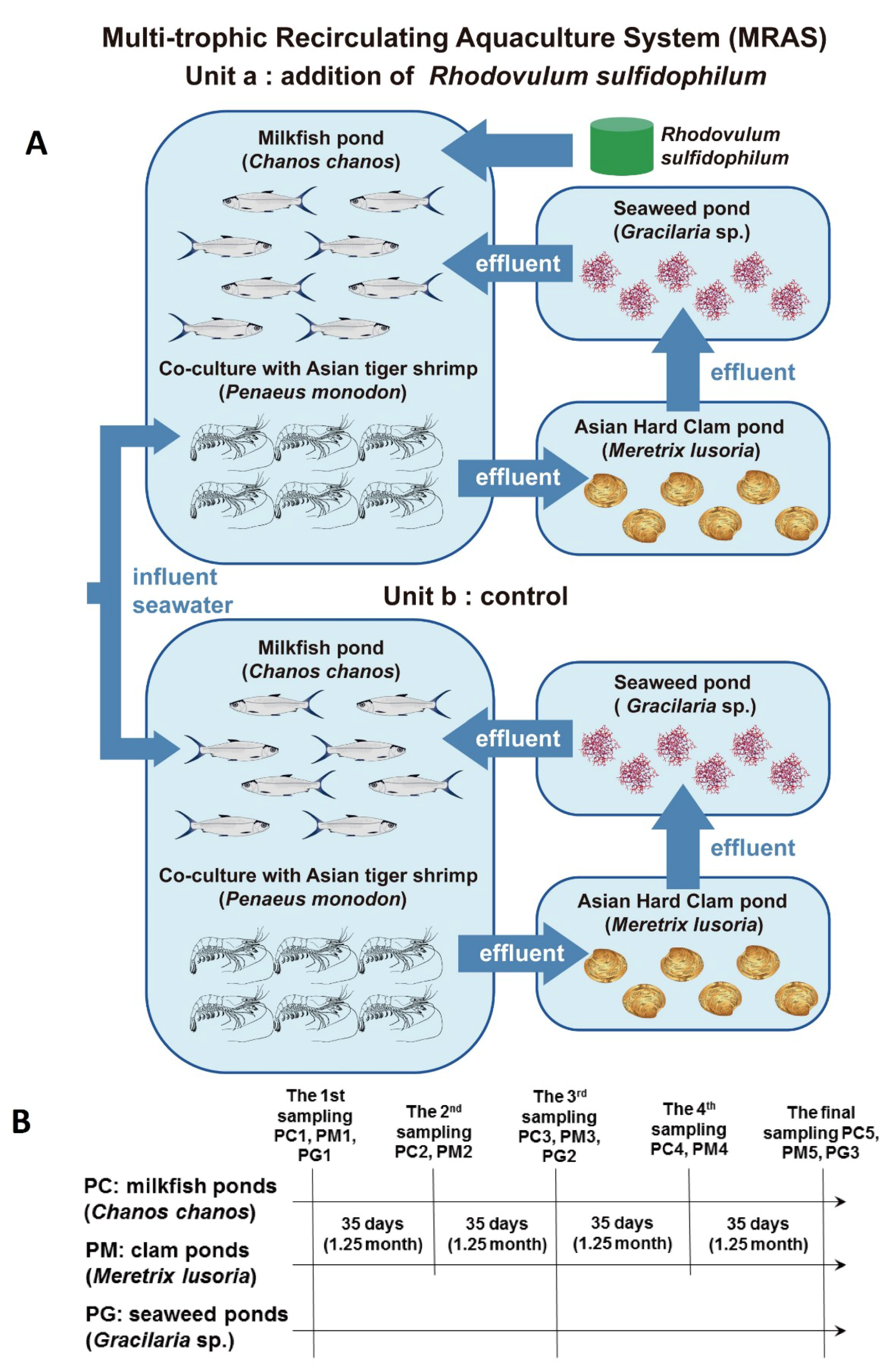


Post a Comment for "Recirculating Aquaculture System Design Pdf"